Subalpine fir: the best varieties and cultivation features

Abies lasiocarpa is a rough-fruited fir, which is a species of coniferous fir of the genus. Belongs to the pine family. It was this name that was once replaced by the outdated concept of subalpine fir. However, today many mountain species are still referred to as subalpine. Lasiocarp is thus a specific type of fir that has been found in the western North American mainland. Includes several subspecies and varieties, including the popular "Argentea", Kenwith Blue, "Green Globe", "Compact".
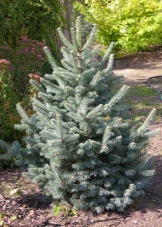
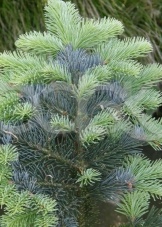

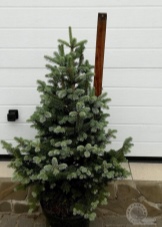
Description
This tree grows in mixed forests with spruces and pines of various types. Most often found in the mountains, near rivers, in the shade. It reaches its maximum height on light fertile soils with excellent natural drainage. It takes root well in arid territories, but clay soil is contraindicated for it. Temporary waterlogging does not harm her. On our mainland, it successfully grows in central Russia, in Belarus. In the south, it can suffer from droughts.
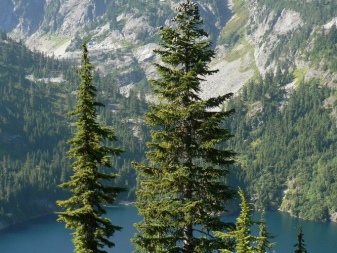
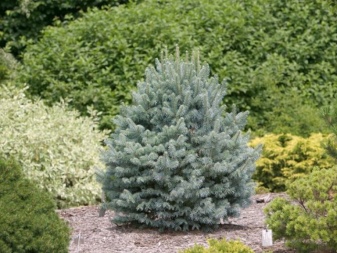
The characteristics of the plant include the following:
- the height varies from 15 to 48 m;
- transverse trunk - from 45 to 90 cm;
- in high altitude conditions, as a rule, undersized specimens grow;
- slow-growing tree, especially young trees;
- the crown is of a dense type, in shape - a narrow cone;
- the color of the trunk of young animals is gray with silver, of an adult tree - gray with ash or brown;
- the roots are superficial;
- the kidneys are in the shape of a ball, there is a lot of resin;
- needles - rounded and sharp at the ends, not less than 15 mm, can reach 36 mm;
- the color of the needles is green with blue, matte type;
- cones are located next to each other, in abundant quantities, cylinder shape, length - up to 10 cm;
- seeds in the shape of a cone, covered with glittering wings;
- there are approximately 100,000 seeds per kilogram of fruit;
- they ripen in late summer and early autumn, the first high-quality harvests not earlier than in 3 years.
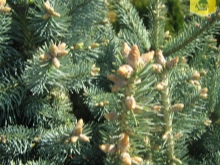
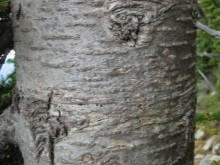
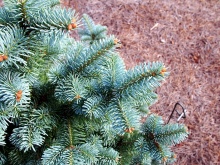
Main varieties
This type of plant has three subspecies:
- Argentea - exported from North America at the beginning of the twentieth century, is distinguished by the silvery needles;
- Var. Arizonica - a spectacular subspecies of medium and low growth, the elastic type bark is whitish with gray, the branches can be pubescent or bare, the needles are green with a blue tint, to the bottom - they brighten, grows with ridges;
- Compacta - height reaches 3 m, dwarf variety.


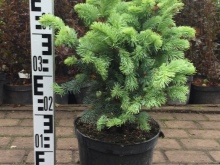
Features of Compacta
This variety is a dwarf-type perennial, with a minimum height of 2 m. Outwardly it resembles a silvery spruce. It grows slowly, only 5 cm or less per year. The crown is similar in shape to a cone, of good density. The branches are of a shortened type, directed to the top, harsh. Young growth has ashy shoots, pubescent with red hair. The needles are planted quite often, the color is bluish, the tint is silver. There are white stripes on the needles below. The needles are hard, but not prickly, the size of the needles is up to 3 cm in length, the top is rounded. The needles do not fall off the branches for about 9 years
The buds are small in size, there is a lot of resin, spherical. Cones grow elongated, stand upright, gather in several copies. Size - from 6 to 10 cm. Until the ripening of the red tide.
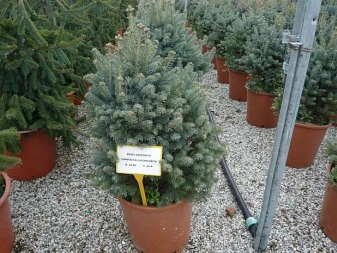

Subalpine fir "Compact" is characterized as follows:
- undemanding in leaving;
- tolerates cold climates well;
- frosts in spring can negatively affect development;
- not afraid of snow;
- tolerates excessive moisture well if the period is short;
- grows well in partial shade, but better in the sun;
- excellent immunity, rarely attacked by pests;
- dry and poor soil is well tolerated;
- strong winds can break;
- the degree of decorativeness is high, does not require haircuts.
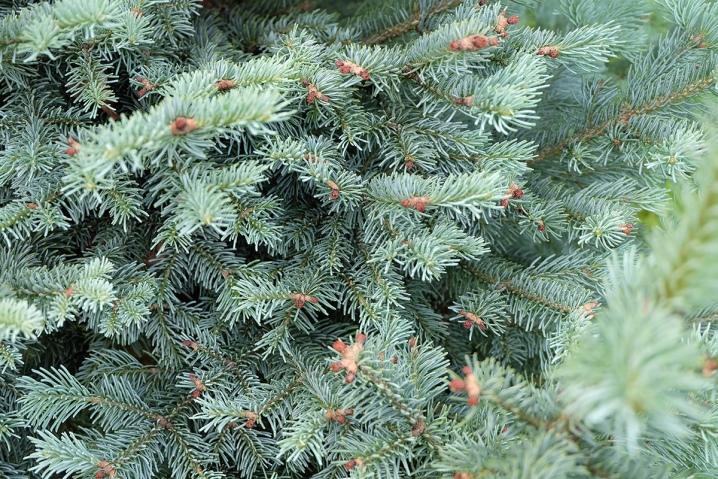
Fir "Argentea"
This subalpine subspecies of conifers is highly decorative. The shape is of conical type. The maximum height is up to 15 meters, but usually much less. The needles are soft to the touch, up to 4 cm long, with an amazing aroma. Very showy color - blue with silver makes this breed especially attractive for landscape design. Does not fall from branches up to 9 years.
Youngsters are lighter in color, the cones are beautiful, have the shape of an elongated ellipse and are purple-red. Slow-growing, excellent phytoncidal properties.
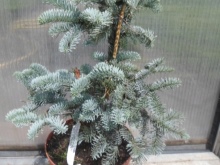
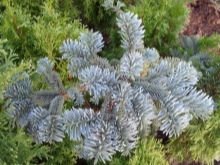
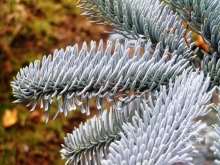
Growing features:
- loves light, but grows well in partial shade;
- frost resistance is average, but becomes stronger with age;
- loves moisture, but not its stagnation for a long period;
- well tolerates all types of soils, except clay;
- it is better to shelter young growth for the winter;
- looks great both in a single performance and in a group of trees.

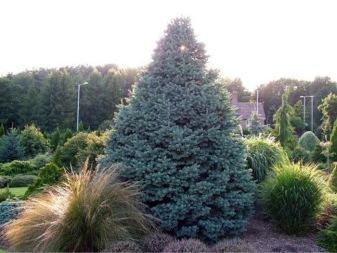
Fir Kenwith Blue
A very beautiful variety with a high degree of decorativeness. Its characteristics:
- light blue needles;
- the crown is dense, has the shape of a wide pyramid;
- slow growing tree;
- gets along well with all the conifers on the site;
- will grow well in the vicinity of not too large deciduous;
- it is better to plant on soils of moderate nutritional value;
- drainage is required.
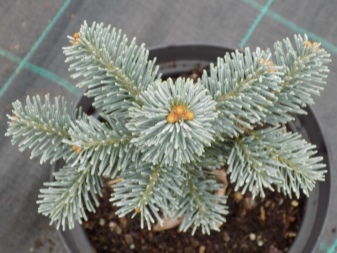

Fir Kenwith Blue
Dwarf coniferous variety, maximum growth - up to 1 m. Specifications:
- growing slowly;
- the color of the needles is juicy green, does not prick;
- needles of a short type;
- cones of a rich color - red with a purple tint;
- the shape of the cones is an ellipse;
- loves the sun, grows well in weak shade;
- moist, acidic soil is preferable;
- tolerates frost well, but the young should be sheltered for the winter.
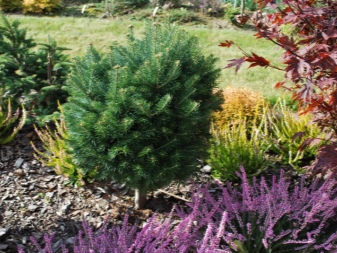
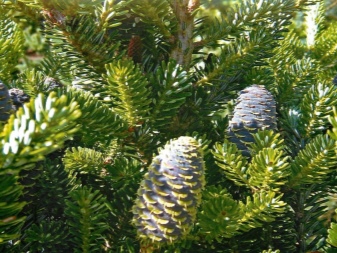
Growing and care
In order for the fir to please with its healthy appearance and excellent development, it is necessary to choose the right place for planting and carry out regular care. This type of fir tolerates winters well, but at a young age it is better to take shelter. In addition, burns can occur from direct sunlight. These conifers grow slowly and are centenarians. In order for the tree to grow well, it is better to provide:
- fertile soil, well moistened, but without stagnant water;
- drainage layer is required;
- a sunny place in which the tree will be in partial shade for part of the day;
- the landing site must be protected from drafts.
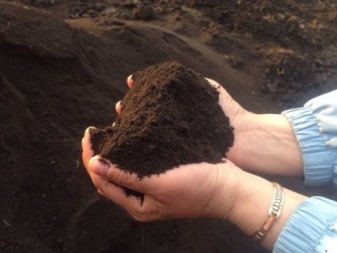
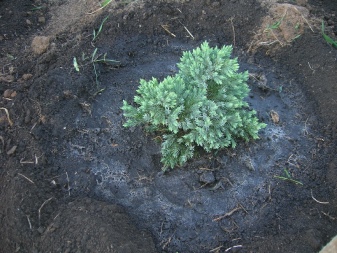
If the care is good, the resistance to pests and diseases is quite high. Reduce immunity:
- gassed environment;
- a lot of smoke, bad ecology.
It gets along well with such plants:
- juniper;
- willow;
- maple;
- euonymus;
- sea buckthorn.
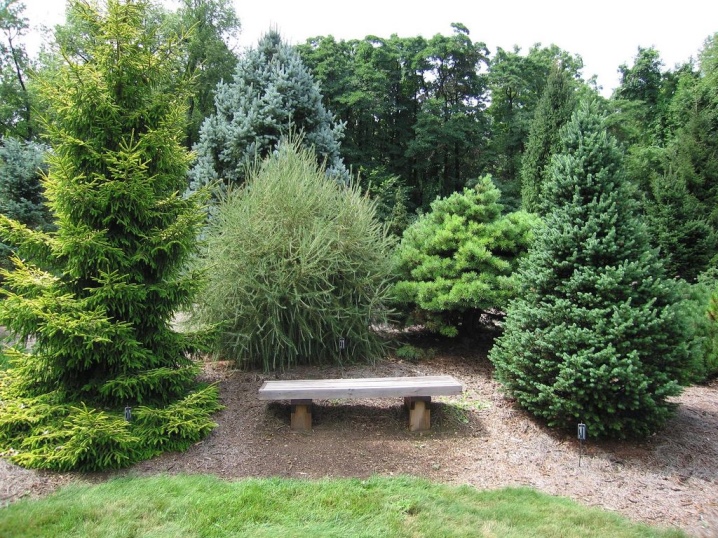
This tree is unpretentious, it does not need pruning. Care measures are simple.
Moisturizing:
- after landing, no more than 2 times a month, if necessary;
- an adult plant usually has enough rains during the season in the middle lane; in the south, during hot weather, you can additionally water;
- frequent moisturizing is not recommended;
- in dry periods, spraying is carried out 1-2 times a month.
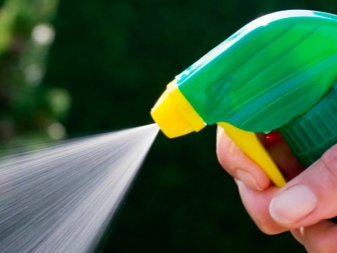
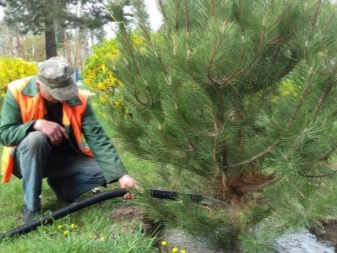
Fertilizers:
- they begin to feed the fir a couple of years after planting in the spring;
- fertilized once a year.
Shelter for the winter:
- while the plant is young, it is better to cover it for the frost period;
- you can use peat, dry leaves, spruce branches;
- it is not recommended to cover with fir branches;
- upon reaching 5-7 years, this procedure is no longer required.

Diseases and pests of a strong plant in good conditions rarely overcome, but it is necessary to inspect the tree and provide timely assistance if suspicions are present.
Common pests:
- aphids, hermes;
- honeydew;
- false shields;
- spider mite;
- pine and fir moths;
- leaf rollers;
- moths;
- click beetles and beetles.
Diseases:
- brown shute;
- fusarium;
- rust-type cancer;
- rust.
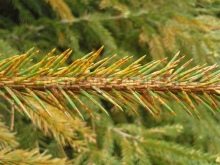
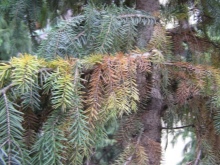
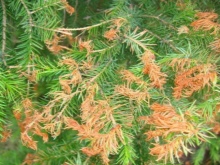
For the rules of planting and caring for fir, see below.



































































The comment was sent successfully.